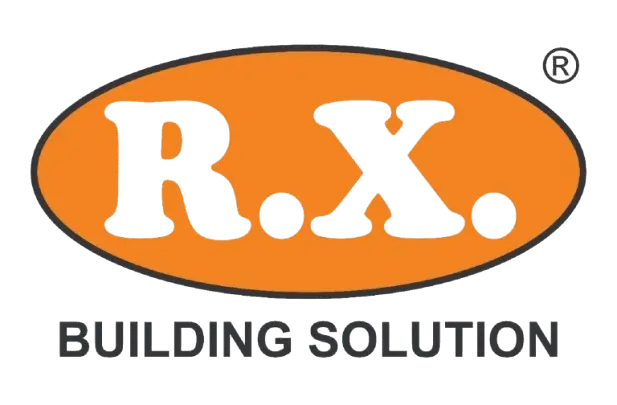- Regular Cleaning
Remove Debris and Dirt: Regularly clean the surface to prevent buildup that can reduce slip resistance.
Use Mild Detergents: Harsh chemicals can degrade the material; use mild soap and water for cleaning.
Pressure Washing: For industrial settings, pressure washing can effectively remove dirt and grime.
- Routine Inspections
Check for Damage: Look for cracks, chips, or other signs of wear and tear.
Inspect Fasteners: Ensure clips and screws remain secure and tighten any that have loosened over time.
Monitor Load Bearing Areas: In high-traffic zones, check for any signs of weakening or deformation.
- Preventative Maintenance
Apply Protective Coatings: Some environments may require an extra layer of protection to enhance durability.
Avoid Heavy Impact Loads: While FRP gratings are strong, excessive force can cause damage over time.
Keep Drainage Clear: Ensure that openings are not blocked to maintain proper water flow and prevent structural weakening.
- Immediate Repairs
Replace Damaged Sections: If cracks or breaks appear, replace the affected section immediately to avoid safety hazards.
Re-secure Loose Gratings: If any panels become unstable, fasten them back securely to prevent movement.
Apply Anti-Slip Treatments: If slip resistance diminishes, reapply anti-slip coatings or tapes to enhance safety.
Conclusion
Proper installation and ongoing maintenance of FRP mesh grating ensure durability, safety, and optimal performance. Regular inspections, cleaning, and timely repairs can extend their lifespan, making them a cost-effective and reliable solution for various industrial, commercial, and municipal applications.
